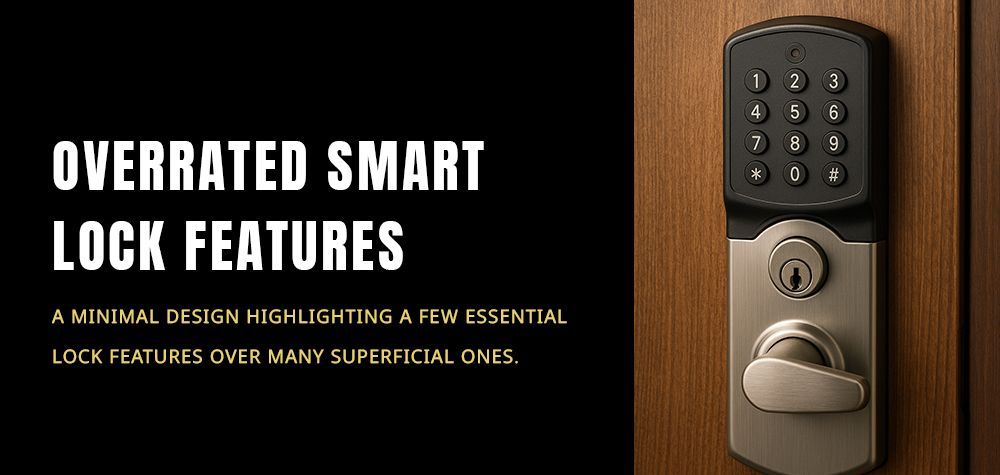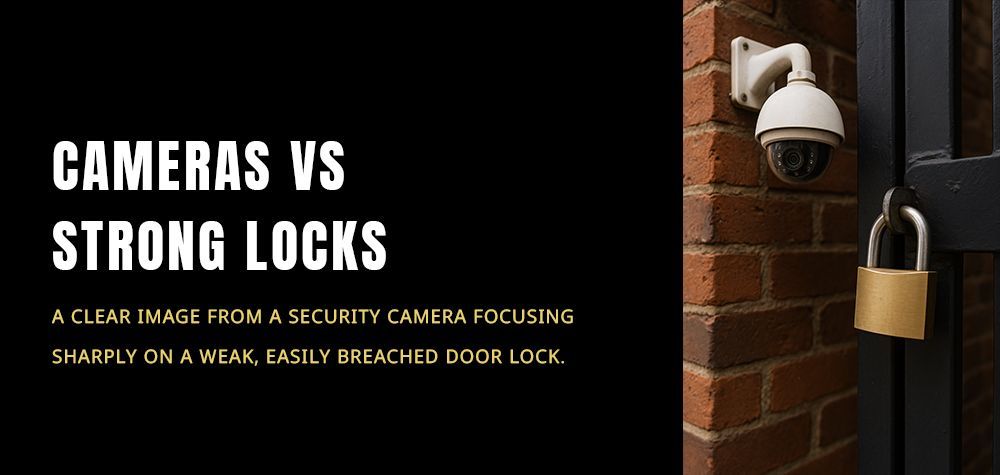How Biometric Access Systems Work: An In-Depth Guide
Biometric access systems have become a cornerstone of modern security, offering a higher level of security than traditional access methods like keys or codes. But how exactly do these systems work? This in-depth guide will explore the components, processes, and types of biometric systems to give you a comprehensive understanding of how they ensure secure and convenient access control.
What is a Biometric Access System?
A biometric access system is a security mechanism that uses biological characteristics to verify and grant access to authorized individuals. Unlike traditional security systems that rely on something you have (like a key or a card) or something you know (like a password), biometric systems use something you are—your unique biological traits.
Key Components of a Biometric Access System
- Biometric Sensor: The sensor is the core component of a biometric access system. It captures the biometric data, such as a fingerprint, facial features, iris pattern, or voice.
- Data Processing Unit: Once the biometric data is captured, it is processed and converted into a digital format. This unit analyzes the captured data and creates a template that represents the unique features of the individual.
- Database: The processed data template is then stored in a secure database. When a user attempts to gain access, their biometric data is captured and compared against the stored templates in the database.
- Matching Algorithm: The matching algorithm compares the newly captured biometric data with the stored templates. If the algorithm finds a match, access is granted. If not, access is denied.
- User Interface: The user interface is where the user interacts with the system. It could be a touchscreen, a keypad, or even just a scanner.
How Biometric Access Systems Work: Step-by-Step
- Enrollment: The first step in a biometric access system is the enrollment of users. During this process, a user's biometric data is captured using the sensor. This data is then processed to create a digital template, which is stored in the system’s database.
- Capture: When a user attempts to access the secured area, the biometric sensor captures their biometric data again. This data could be a fingerprint, facial scan, or any other supported biometric input.
- Extraction: The captured data is then extracted and processed to generate a digital template. This process involves identifying unique patterns or features from the biometric input.
- Comparison: The newly created template is compared with the stored templates in the database using a matching algorithm. The system checks for a match or a similarity score above a certain threshold.
- Decision: Based on the comparison, the system makes a decision. If the biometric data matches a template stored in the database, access is granted. If there is no match, access is denied.
Types of Biometric Access Systems
- Fingerprint Recognition: This is the most common type of biometric access control. It uses the unique patterns of ridges and valleys on an individual's finger to authenticate access.
- Facial Recognition: This system analyzes facial features such as the distance between the eyes, the shape of the chin, and the contour of the face. It is widely used in smartphones and airport security systems.
- Iris Recognition: This method scans the unique patterns in the colored part of the eye (iris). Iris recognition is known for its high accuracy and is often used in high-security environments.
- Voice Recognition: This system identifies individuals based on their unique voiceprint. It analyzes factors like pitch, tone, and rhythm of speech. Voice recognition is commonly used in phone-based systems.
- Palm Vein Recognition: A less common but highly secure method that uses infrared light to capture the unique patterns of veins in a person’s palm.
Advantages of Biometric Access Systems
- High Security: Biometric systems provide a higher level of security compared to traditional systems because they use unique biological traits that are difficult to duplicate or forge.
- Convenience: Users don’t need to remember passwords or carry keys or cards, making biometric systems highly convenient.
- Non-Transferable: Unlike cards or keys, biometric traits cannot be transferred from one person to another, reducing the risk of unauthorized access.
- Audit Trail: Biometric systems can provide a comprehensive log of who accessed a particular area and when, which is valuable for security audits.
Challenges of Biometric Access Systems
- Privacy Concerns: The use of biometric data raises privacy issues. There is a risk of biometric data being stolen or misused if not properly secured.
- High Cost: Biometric systems can be more expensive to implement and maintain compared to traditional access control methods.
- Environmental Factors: Biometric systems may be affected by environmental factors such as lighting, dirt, or moisture, which can impact their accuracy.
- False Positives/Negatives: No biometric system is infallible. There is always a small chance of false positives (granting access to an unauthorized person) or false negatives (denying access to an authorized person).
Conclusion
Biometric access systems represent a significant advancement in security technology, combining convenience with robust protection. Understanding how these systems work—from data capture to decision-making—can help you appreciate their benefits and limitations. While they offer enhanced security, it’s important to consider factors like cost, privacy, and potential inaccuracies when deciding to implement a biometric system. As technology evolves, biometric access systems will likely become even more reliable and widespread, making them a staple in both personal and professional security landscapes.
Call Us Any Time!






